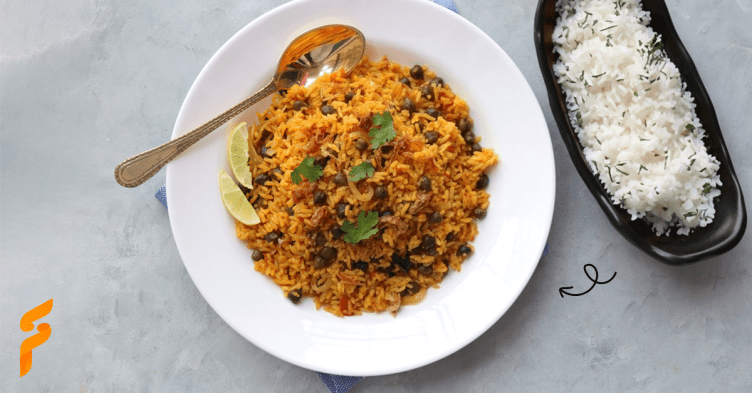
Food waste is a pressing issue with significant environmental consequences. Every year, millions of tons of food end up in landfills, contributing to greenhouse gas emissions and wasting valuable resources. However, by embracing the concept of using leftovers creatively, Feasti believes in reducing food waste while enjoying delicious meals.
In this blog, we will explore the benefits of reducing food waste through creative cooking and provide you with practical ideas to transform leftovers into tasty dishes.
The Importance of Reducing Food Waste:
The statistics surrounding food waste are staggering. In the world, about one-third of all food produced is wasted. This waste not only impacts the environment but also has economic implications, with individuals and communities spending significant amounts of money on discarded food. By using leftovers creatively, we can help minimize these negative effects and make a positive impact on the planet.
Tips for Reducing Food Waste:
- To reduce food waste in everyday life, it’s important to adopt practical strategies.
- Proper food storage techniques, such as using airtight containers and refrigerating perishables promptly, can help prolong the freshness of leftovers.
- Smart grocery shopping and meal planning can also prevent overbuying and ensure that all ingredients are utilized effectively.
- Additionally, understanding expiration dates and practicing food safety measures can prevent unnecessary waste.
- Meal prepping and batch cooking are excellent ways to minimize food waste by preparing larger quantities of meals in advance.
Creative Leftover Ideas for Common Ingredients:
Leftover vegetables, meat, poultry, rice, pasta, and bread can all be transformed into delicious meals.
- For vegetables, consider using roasted or steamed leftovers in frittatas, soups, or stir-fries.
- Vegetable scraps can be utilized in homemade stocks or blended into sauces.
- Leftover cooked meats can be incorporated into sandwiches, salads, or pasta dishes, while meat scraps can be repurposed into flavorful stews or tacos.
- Leftover rice and pasta can be transformed into flavorful fried rice or baked pasta dishes.
- Stale bread or bread ends can be used to make breadcrumbs, croutons, or delicious bread pudding.
Embracing Leftover Culture: Tips for Creating a Leftover-Friendly Kitchen:
- Creating a leftover-friendly kitchen involves proper organization and utilizing versatile ingredients.
- Storing and labeling leftovers in clear containers ensures they are visible and easily accessible.
- By keeping a well-stocked pantry with versatile ingredients like spices, condiments, and grains, you can enhance the flavors of your leftovers.
- Engaging the whole family in the creative cooking process encourages a sustainable and enjoyable approach to meal preparation.
Community Initiatives and Resources for Reducing Food Waste:
Many local and global initiatives are dedicated to reducing food waste. They offer valuable resources, including tips, recipes, and educational materials, to help individuals combat food waste effectively. Research and engage with these initiatives to further your understanding and support in reducing food waste.
Conclusion:
Reducing food waste through creative uses for leftovers is a win-win situation. By implementing practical tips and exploring innovative recipes, we can make a positive impact on the environment while enjoying delicious meals.
Hope this blog from Feasti helps you embrace a more sustainable approach to cooking, reduce waste, and savor the benefits of using leftovers creatively. Together, we will make a difference, one plate at a time.


We at Feasti is focused on improving society by utilizing technology and innovative solutions to provide access to high-quality homemade food prepared by talented local chefs.
Quick Links
Useful Links
Copyright © Feasti 2023. All rights reserved.
